Call in the Specialists
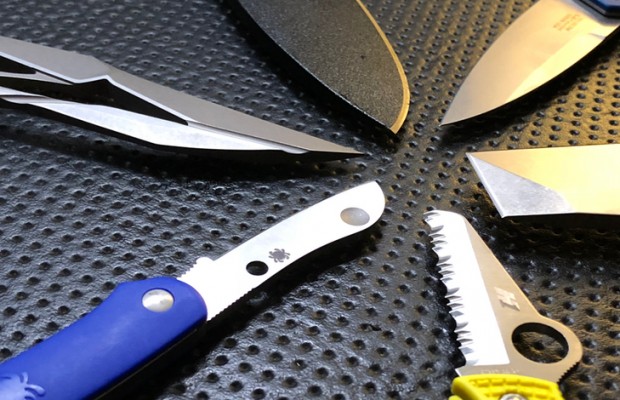
By Nick Shabazz
I’m staring at my review table right now, and noticing something funny. Of the nine knives neatly lined up awaiting carry and review, all but two are what I think of as “general purpose knives”. Knives that are aimed to be perfect in ‘your’ pocket, whether you’re an office drone, a carpenter, a Navy SEAL, or a Smokejumper.
You know exactly what knives I’m talking about. 3.25 to 3.5” blade, stock thin enough to mostly cut things ish, but thick enough to not snap in half on deployment. Some tip for poking, not enough for breaking. And a steel which is good-to-go, sharpenable, but not too exotic. These knives are trying to be everything to everybody, and when done intelligently, they get pretty close. But they’re also very vanilla. They’re knives that are great for many, but perfect for few. And by being jacks of all trades, they’re masters of none. This uniformity, this gauntlet of vanilla lined up in front of me, is reminding me that as a gear geek and knife nerd, I really do appreciate the Specialists.
Specialists are knives that built to be the perfect tool for something, rather than a solid tool for everything. These knives make conscious and obvious trade-offs, and are not afraid to favor one kind of task or requirement, even if it leads to weaknesses elsewhere. And the wonderful thing is that there are many kinds of specializations, for many kinds of special people.
Some folding knives are built for tough situations. You have knives with durable blades designed for harder use, which are built to take a beating. You have knives designed for first responders, with specific tools and affordances which leave them more at home in an ambulance than an office. You have military, fighting and self-defense focused knives. And with the advent of “heavy testing” as a hobby of sorts, a new class of folding knives has emerged, designed be robust above all else, with a focus on excessively strong locks and durable materials which are exceedingly capable against any rogue sides of beef which might attack you in a warehouse.
Of course, there are folding knives built to cut, first and foremost. Even though they’re pretty rare in our modern, tactical prybar era, knives with thin stock and aggressive grinds are the perfect choice for slicing and carving. Fully serrated pieces are optimized for rope, netting, and long-term un-sharpened cutting, even if at some cost to everyday life. And specialized blade shapes and strong recurves have specific niches, making these knives the perfect tool for some jobs, even if cumbersome in others.
One of my favorite categories are the knives driven by specific constraints. Some knives are designed around restrictive knife laws, making non-locking knives which are still safe for harder use, or a 2.5” folder which cuts way bigger than it carries. Or some folks make functionally constrained knives, designed to be the perfect tools in difficult situations, knives completely robust to dust and dirt, knives which literally cannot rust, and knives designed to give you as much tool per ounce of weight as possible.
And of course, there are the pieces which aren’t really meant to cut at all, meant to be beautiful first and foremost, with function in the backseat, if it’s in the car at all. These range from design-driven production pieces, to aesthetically focused custom tactical knives, to out-and-out art knives, multi-thousand-dollar pieces in exotic materials which are never meant to cut anything but air.
These specialist knives are great, for a bunch of reasons. Obviously, if you need this particular kind of tool, you’re gonna love it, as it’s tailored to your life. And no matter the rest of the design, good, great, bad, or ugly, a specialist is going to be different from every other knife in the case. And of course, if you can convince knife collectors that they really do need a dedicated blade for rescuing whales, your product might be able to find a home in the drawer, even for the collector who has everything.
But my biggest appreciation for specialization comes from the fact that, as a guy who handles a bunch of pocketknives, I can’t help but feel like the process of specialization itself leads to some creativity. As one of my favorite movies demonstrates, sometimes, routing around some silly and arbitrary constraint can force you into something new, different, and interesting that you wouldn’t have found before. And this has showed up over and over again in the knives I handle.
Look at a knife like the G&G Hawk Mudd, designed to be completely sealed from the elements, which wound up being refreshingly different and fascinating, even for a person who hasn’t seen dirt since the last time they dropped a houseplant. Similarly, the Spyderco Roadie was built around a set of TSA regulations that were never put into force, but the end result was something unique and different from everything else in Spyderco’s lineup, and still makes a compelling tool. Heck, even the Hinderer Knives Slipjoint was seriously refreshing, because it pushed Hinderer out of his bubble, forcing him to design something completely unlike anything he’s had in production, which still carries the ethos and function-forward perspective of his brand, which resulted in a very nice, and very different, little piece.
In these cases, and plenty more, it feels like the act of specialization itself is a driving force for creativity, and that the knives often get better for the process, even if they’re getting a bit weirder too.
In summary, even though a solid generalist might be the best choice for your average random jackass on the street, and it makes sense that a heavy majority of the knives on my table would lean that direction, as a reviewer and a knife guy, I love specialized knives. They’re unique, they’re marketable, they’re great tools for specific users, and most of all, they can provide a serious force for creativity in the design process. And so I hope that next time a maker’s struggling to find some way to stand out from the crowd or break outside the box, that they won’t hesitate to call in the specialists.
But I’m just one jackass, with one opinion. Different grinds for different kinds.
Nick Shabazz is a gear geek and reviewer of knives, watches, pens, and life in general. You can find Nick on YouTube, Instagram, or at nickshabazz.com.


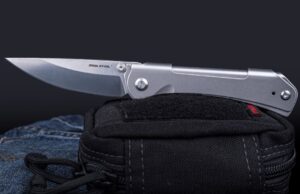
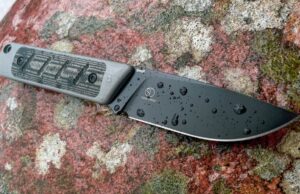
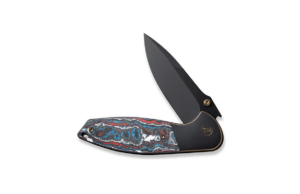
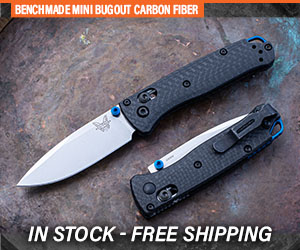





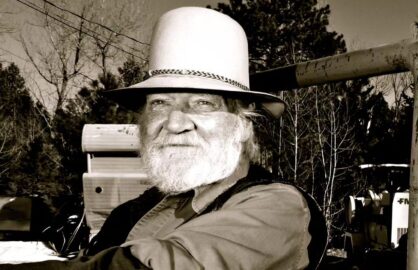
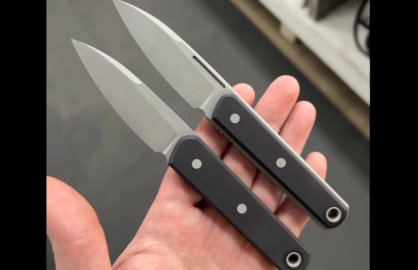
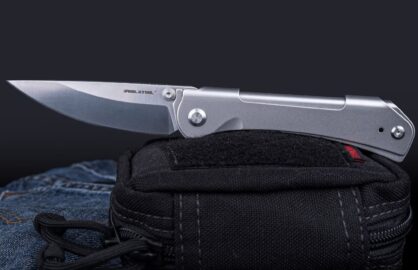
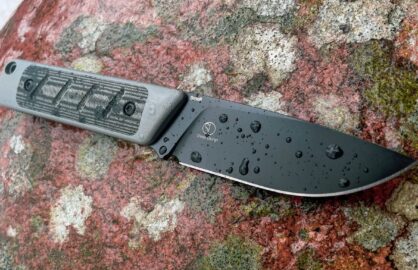
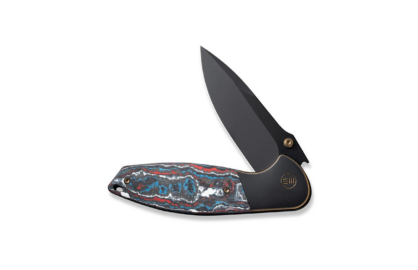
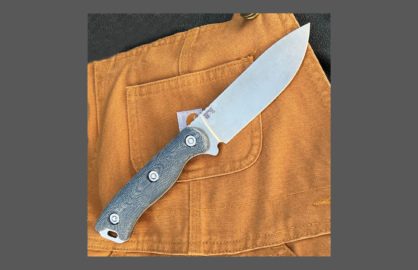




0 comments